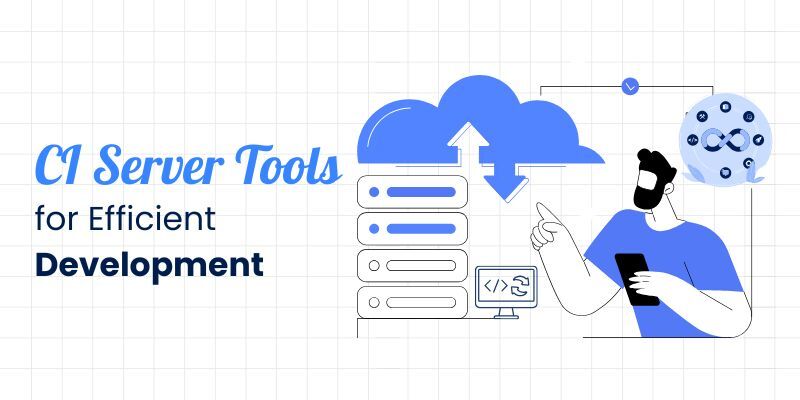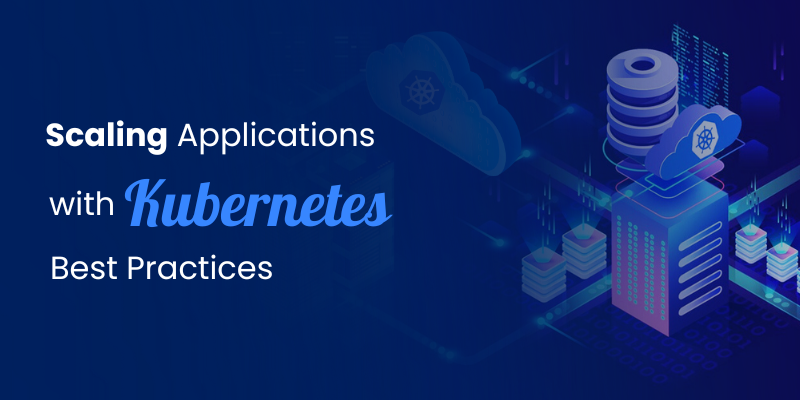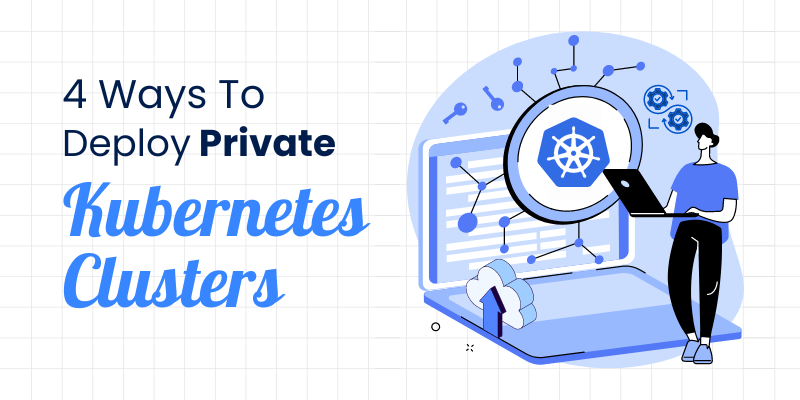
In recent years, the concept of microservices has gained immense popularity due to their ability to break down large applications into smaller, independently deployable services. While microservices patterns offer many benefits, such as scalability and flexibility, they also introduce new challenges, particularly in terms of managing and monitoring a large number of individual services.
That’s where a management platform comes in. A microservices management platform is a tool that can help you streamline the management of your microservices architecture, allowing you to more effectively monitor and control services and quickly identify and fix any issues that arise.
Here, in this blog, we’ll explore the challenges of Managing microservices, the key benefits of using a microservices management platform, as well as some of the top platforms available in the market today, with in-built features of Managed Microservices.
Challenges of Managing Microservices
Microservices architecture has become increasingly popular in recent years due to its ability to break down large, monolithic applications into smaller, more manageable services. However, managing microservices can also present a number of challenges. Here are some of the key challenges of microservices management:
- Complexity: With multiple services communicating with each other, it can be difficult to manage the complexity of a microservices architecture. Each service must be developed & deployed independently and there may be dependencies between services that must be managed.
- Deployment: Deploying microservices can be more challenging than deploying monolithic applications. Each service must be deployed and managed independently, which requires more coordination and can increase the risk of errors.
- Testing: Testing microservices patterns can also be more complex than testing monolithic applications. Each service must be tested individually, as well as in the context of the larger system.
- Monitoring: Monitoring a microservices architecture can be challenging due to the distributed nature of the system. It may be difficult to track issues and identify their root causes, especially if services are deployed across multiple environments.
- Security: With multiple services communicating with each other, it is important to ensure that the system is secure. Security risks may arise from vulnerabilities in individual services, as well as from the communication between services.
- Scalability: Microservices architecture allows for greater scalability but managing the scaling of individual services can be challenging. Services must be designed to scale independently and the system must be able to handle changes in load.
Microservices can bring many benefits to an organization, but it also presents unique challenges that must be managed carefully. Therefore, effective microservices management requires a deep understanding of the system as well as careful planning and coordination.
Why there is a need for a Microservices Management Platform?
There are several reasons why a microservices management platform may be needed:
- Simplify Management: A microservices management platform just like a platform for managing AWS Microservices, can help simplify the management of a complex microservices architecture. It can provide a centralized view of the system and help manage the deployment, testing and monitoring of individual services.
- Improve Scalability: Microservices architecture is designed to be scalable, but managing the scaling of individual services can be challenging. A management platform can help automate the process of scaling services up or down based on demand.
- Enhance Security: With multiple services communicating with each other, it is important to ensure that the system is secure. A management platform such as AWS microservices can help manage security policies and detect vulnerabilities in individual services.
- Increase Agility: Microservices architecture allows for greater agility in development, but managing the deployment of individual services can be time-consuming. A management platform can help automate the deployment process and improve the speed of delivery.
- Improve Collaboration: Microservices involve different teams that are required for working on individual services. A management platform can provide tools for collaboration, such as shared repositories and code reviews to improve the quality and consistency of the services.
A microservices management platform such as AWS Managed Microservices can help organizations manage the complexity of microservices and improve the speed & quality of delivery. It can also help ensure that the system is secure and scalable while promoting collaboration among teams working on individual services.
[Good Read: Observability For Monitoring Microservices — Top 5 Ways!]
Building Blocks of Microservices Management with BuildPiper
BuildPiper empowers technology teams with incredible features like Managed Microservices, Managed Kubernetes and Secure CI/CD Pipelines Setup with compliance, security and observability. To be able to manage Microservices via BuildPiper, it is imperative to understand the core constructs of the Microservices Management approach.
Here, we will talk about the core components for managing Microservices and their relevance in the overall operations. In BuildPiper, an Application is one of the core building blocks. An Application in BuildPiper is a segregated workspace for a small independent tech team to work on their microservices. In order to deliver specific functionality, an application encapsulates the following necessary constructs for a team.
- Environments
- Services
- Pipelines
- Job Templates
Environments
An Environment in BuildPiper is both a logical and physical construct. When an environment is created, it asks for a Cluster and a Namespace in that cluster. It ensures that any service configured for this environment will be deployed in the provided namespace of the selected cluster only. Logically, the builds performed for an environment will be available for deployment in that environment only. If you want to build once and deploy in higher environments, then the builds will have to be promoted to higher environments.
Services
Every application team is focused on one or two functionality of the Product. For instance, in the case of an eCommerce application, “search” can be a functionality. In order to render this functionality, generally multiple microservices will be required. Each of these microservices that ultimately group together to create a functionality, is a Service for the product.
Pipelines
BuildPiper Pipelines are one of the most powerful and easily configurable constructs. It draws its power from its simplicity. The Pipelines are composed of Stages and Jobs.
Job Templates
BuildPiper comes packed as an out-of-the-box and ready-to-use solution. But, it can totally be re-configured and used in a customized manner. Teams have the flexibility to re-configure the behaviour and functionalities of the product via Job Templates and Step Catalogs.
BuildPiper’s Attributes for Managing Microservices
Right from onboarding services to configuring the build details till deployment to production and even after deployment, BuildPiper takes care of everything. Platform features that ensure seamless, secure and compliant Microservices deployment include,
- On-Demand, Multiple Dynamic Environments
- Customizable Pre-configured CI/CD template for all major Tech Stacks
- Team-Based Microservice View
- Highly Intuitive Template to setup Build Details
- Seamless Configuration of Deployment Details
- Fast & Secure Build/Deploys with complete Log Visibility
- Deployment Analytics
- GitOps Integration
Wrapping it ALL
A management platform plays a crucial role in streamlining your microservices architecture and ensuring the reliability and scalability of your system. By providing visibility, automation, and governance, a management platform such as the AWS Managed Microservices platform enables you to optimize your microservices and reduce the complexity of your infrastructure. With the help of a management platform, you can achieve better efficiency, faster time-to-market, and improved business outcomes. So, if you’re looking to streamline your microservices architecture, consider a management platform such as BuildPiper to take your system to the next level.
BuildPiper- The Ideal Platform for Managing Microservices
The approach to Microservices Delivery with BuildPiper is a perfect combination of automation, standardization and complete observability. The platform supports a low-touch, frictionless development-to-deployment experience. It makes your Microservices App Delivery go from Days to Minutes!
BuildPiper is a developer and engineering teams’ centric, fully-featured, end-to-end Kubernetes & Microservices Application Delivery Platform. It enables teams to onboard & securely manage Kubernetes & Microservices applications in a seamless manner. Also, the platform empowers teams with the ability to run zero-touch, fully automated & secured CI/CD pipelines.
Here’s how we empowered one of the leading Logistics companies with the right governance controls & observability using BuildPiper!
Sign up today to accelerate your Microservices Journey!
Also, explore all features of this powerful DevOps platform including Managed Microservices, Managed Kubernetes, Secure Setup of CI/CD pipelines and Security Compliance & Observability.



